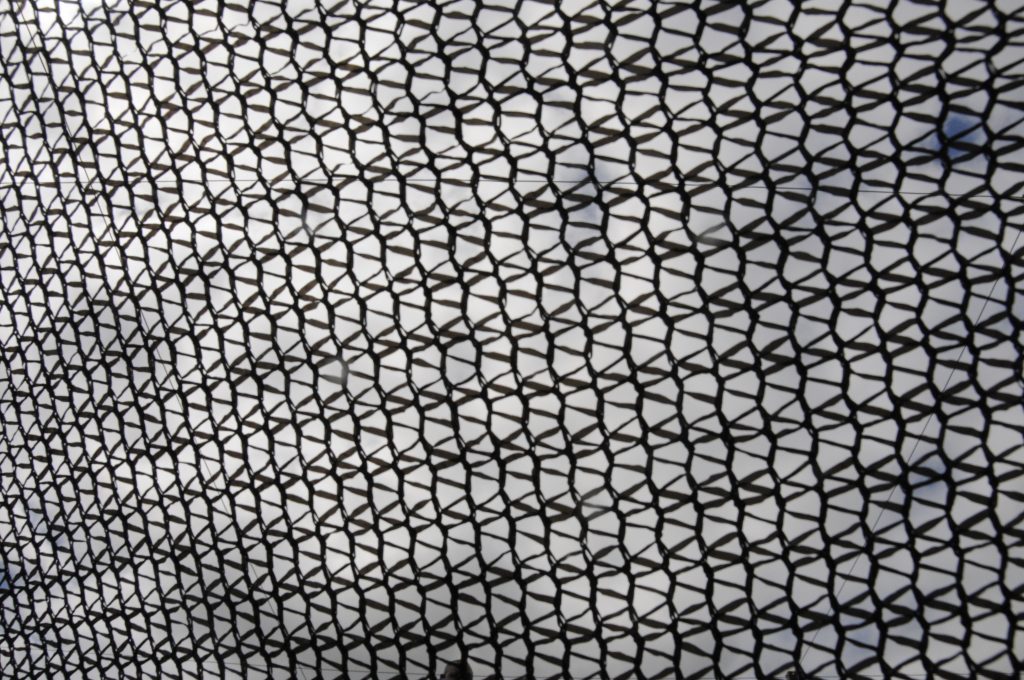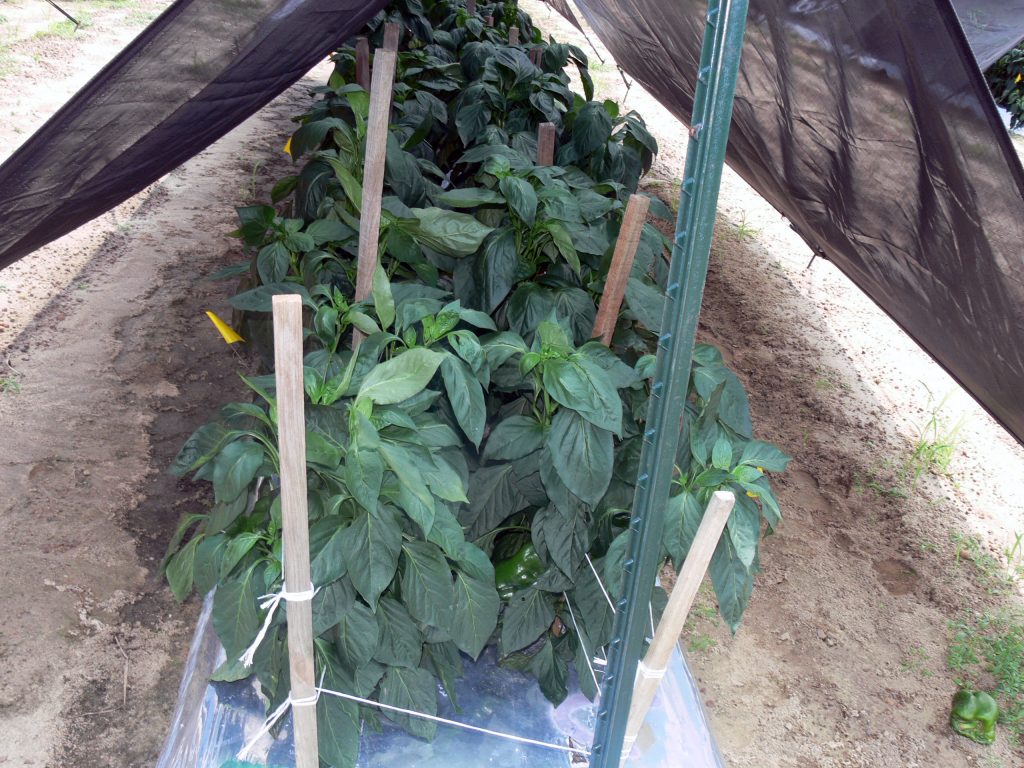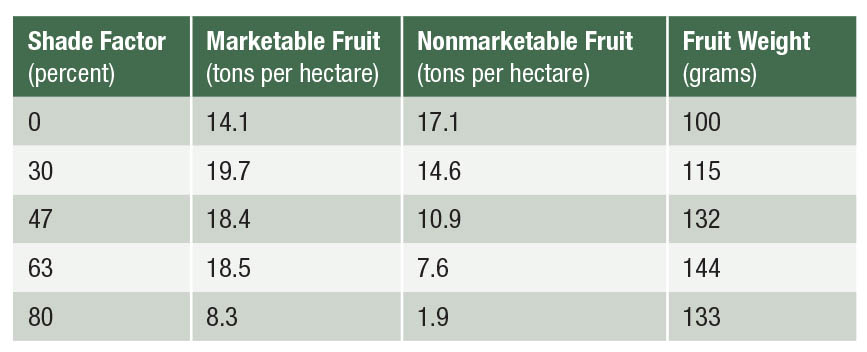
By Juan Carlos Díaz Pérez
Vegetable growers know well about the importance of light to plants. Light is necessary for the process of photosynthesis through which plants convert light energy into chemical energy (sugars) needed for plant growth and development.
LIGHT AND HEAT
Light is electromagnetic radiation that comes from the sun. The portion of the electromagnetic spectrum that can be seen or perceived by humans, the “visible light,” is within 400 to 780 nanometers (nm). (A nanometer is a billionth of a meter.) Photosynthesis also occurs within this visible range.
In addition to the visible light, infrared is an important region of the electromagnetic spectrum that is for plant growth. The infrared light covers the range from 780 nm to 1 millimeter. A little more than half of the electromagnetic energy received from the sun is in the form of infrared radiation. Objects such as plants, animals and the soil emit heat as infrared radiation.
Heat is energy that flows because of differences in temperature. Although visible light and other electromagnetic radiations may produce heat, the majority of heat at the Earth’s surface is associated with infrared radiation. Thus, plant heat stress due to excessive light and temperature are related to high exposure to infrared radiation.
Although not all scientists agree with the concept of global warming, most climate experts believe that Earth’s temperature has been increasing since the time of the Industrial Revolution. The rise in temperature affects agricultural crops and may increase incidences of pests and diseases. New pests and diseases have been detected in the last decades that have been linked, at least partially, to changes in climatic conditions.
Vegetable crops are particularly sensitive to high temperature and high light intensity conditions. Vegetables typically require soil moisture availability to reach high fruit yield and quality. Under conditions of high light and high temperature, crops such as pepper plants show drought stress, reduced fruit yields and high incidences of fruit physiological disorders such as fruit sunburn and blossom-end rot.
PROTECTIVE TOOL

Shade nets are a type of technology used extensively to protect vegetables and other horticultural crops from damage by high solar radiation, wind, birds and hail. Black nets are the most common and the least expensive (Figure 1).
Shade nets help reduce the heat load on crops by absorbing a portion of the solar radiation (visible light and infrared) and may reflect or refract some of the radiation, depending on the color and chemical composition of the net. The percentage of the solar radiation reduced by the net (called the “shade factor”) may vary from as low as 15% to as high as 80%. The type of net shade factor to use depends on the crop.
RESEARCH RESULTS
A study at the University of Georgia (UGA) in Tifton was conducted to determine the response of bell pepper plants to nets with different shade factors. Bell pepper plants (cultivars Camelot, Lafayette, Sirius and Stiletto) were grown in the field following the recommendations of the UGA Extension Service. Plants were planted in the field during the spring season of two years.

Plants were grown in unshaded conditions (0% shade factor) and under nets with 30, 47, 63 and 80% shade factors (Figure 2). Results showed that fruit marketable yield of the four cultivars was highest under nets with 30 and 47% shade factors (Table 1). The yield of nonmarketable fruit decreased with increasing shade factor, indicating that reduced light levels were associated with diminished incidences of fruit physiological disorders (sunburn). The fruit size also increased with higher shade levels. See doi.org/10.21273/HORTSCI.49.7.891 for a more detailed report of this study.
In conclusion, shade nets with shade factors between 30 and 47% resulted in the following benefits:
- Increased fruit marketable yield
- Improved fruit size
- Decreased incidences of fruit sunburn
Juan Carlos Díaz-Pérez (jcdiaz@uga.edu) is a professor in the Department of Horticulture at the University of Georgia in Tifton.









